20Ginkgo
Ginkgo biloba
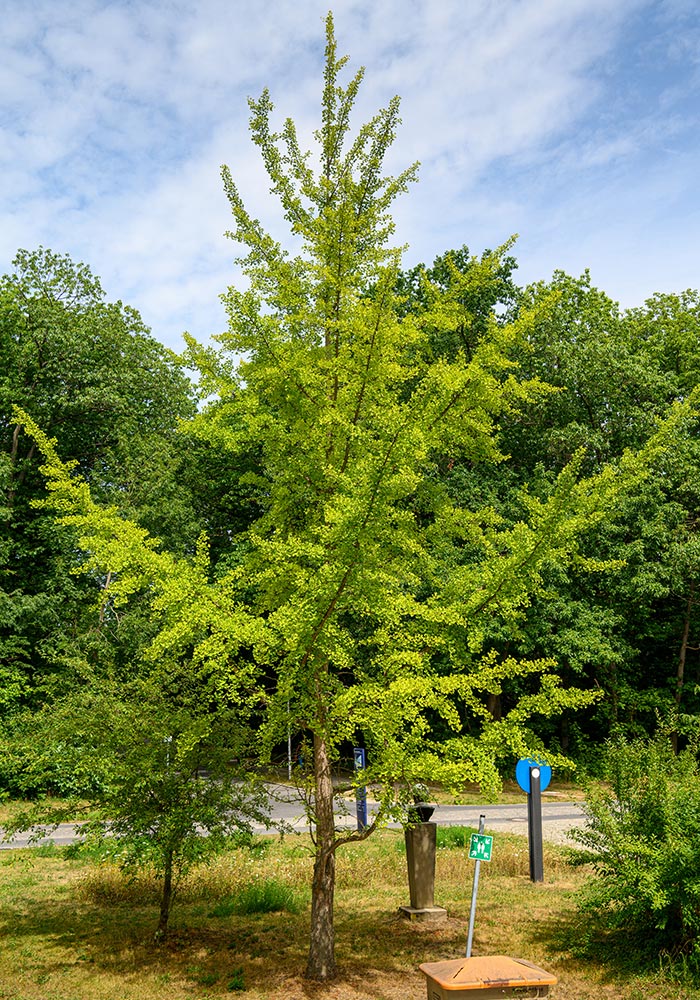
In front of the main entrance to the Walter-Friedrich-Haus is a ginkgo, also known as a maidenhair tree, botanical name Ginkgo biloba, from the ginkgo family or Ginkgoaceae.
These are the last living representatives of a genus called Ginkgoales that was widespread around 66 million years ago. Ginkgos resemble deciduous trees but are related to conifers. In classification, they belong to neither deciduous nor coniferous trees, but form their own group. Their name ginkgo comes from the Chinese yin xing, which is pronounced like gin kyo and means silver and apricot. The name refers to the silvery shimmering ovules.
The young tree usually grows slender and straight with a sparsely branched crown. As it ages, branches grow more horizontally and form a spreading crown. Ginkgos grow up to 60 meters high and can live for over 1000 years. A striking and characteristic feature of the trees are the fan-like leaves, whose shape is unique in the plant world. The seeds resemble mirabelles but have the smell of butyric acid. The tree prefers deep, fresh, slightly alkaline soils and sunny locations. Its native country is China. It was probably brought to Europe by Dutch sailors, where it has been known as an ornamental tree since prior to 1730. Today it has spread all over the world and is particularly popular as a park and street tree in large cities. It has the advantage of being highly resistant to air pollutants, fungi, bacteria and viruses. In terms of insects, it is one of the least susceptible trees of all.
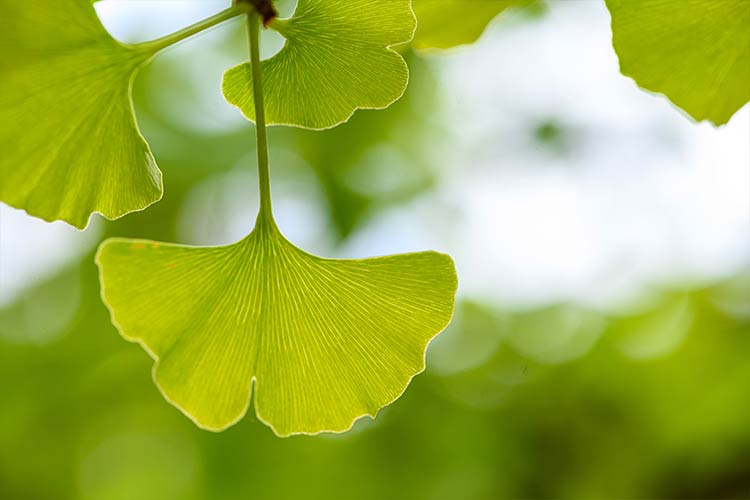
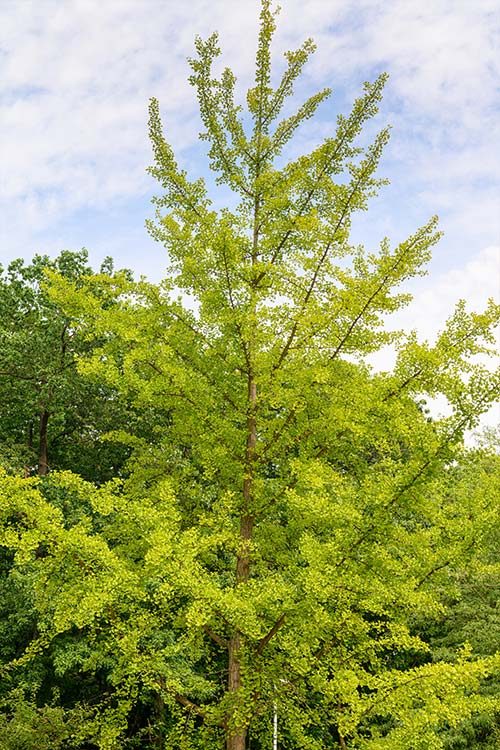
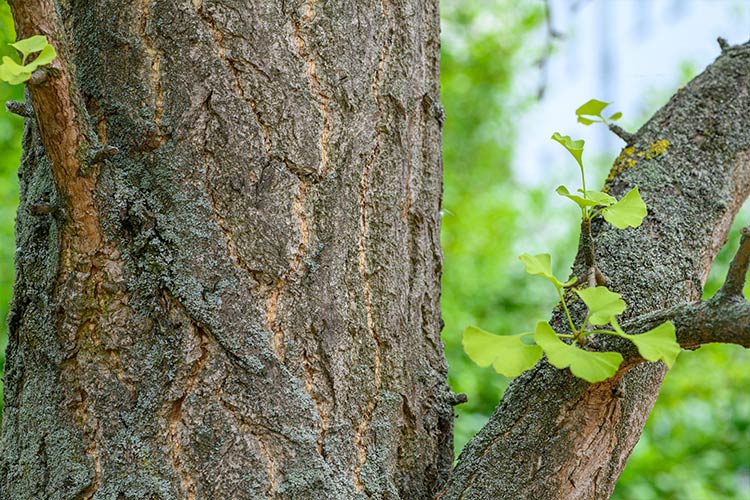
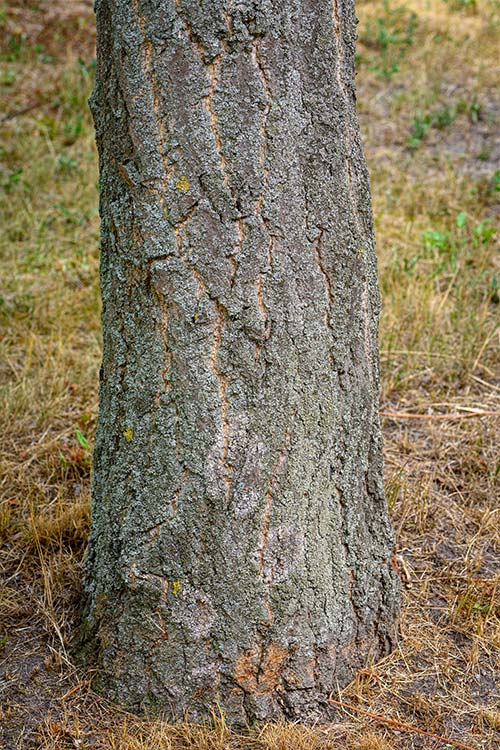
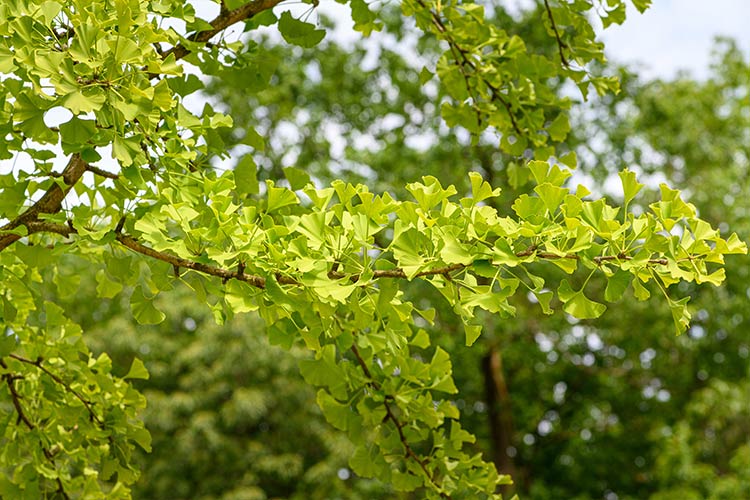
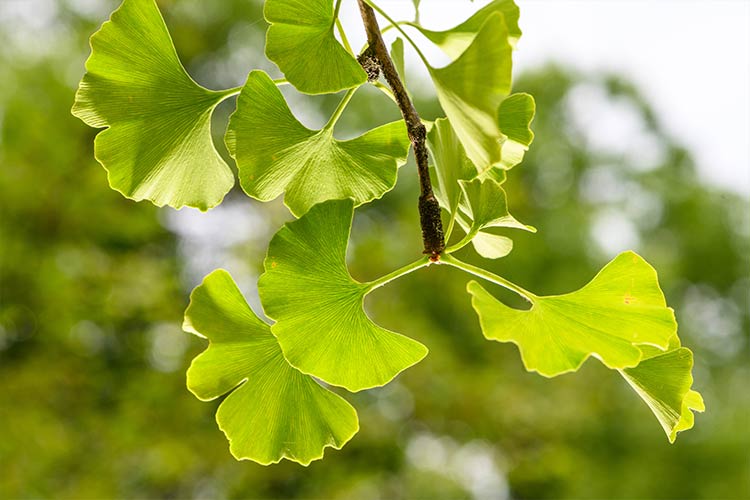
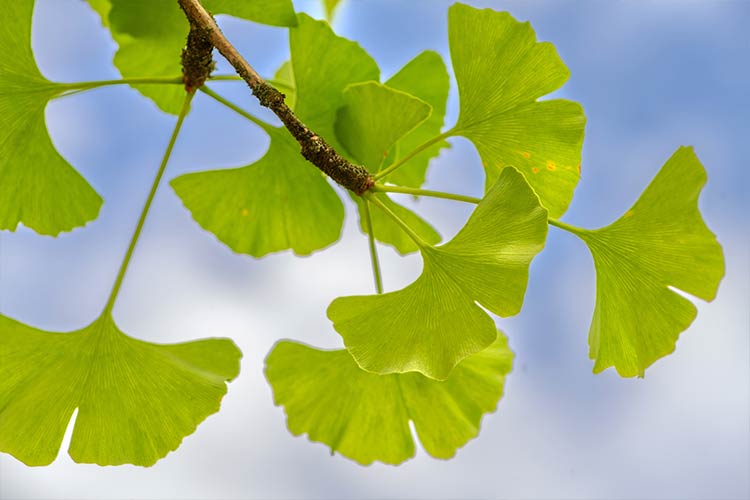
In China, ginkgo is cultivated for its edible seeds. In traditional Chinese medicine, the roots are also used to treat coughs, bladder infections and asthma. Excessive consumption can be harmful. Extracts from leaves are used in traditional remedies against Alzheimer's disease, decline of cognitive function and circulatory disorders. However, the effects are somewhat controversial.
At the turn of the millennium, the ginkgo was chosen as the tree of the millennium by the German "Board of Trustees Tree of the Year."